Tessa’s Recipe Rundown
Taste: The plain scones themselves are ultra buttery with a hint of sweet tanginess. Customization & flavor options are endless!
Texture: Extremely tender, flaky, light, and golden brown on top. Every bite is heaven!
Ease: Super easy. Less than 40 minutes from start to finish, plus you can make them ahead of time.
Pros: This is the perfect recipe to have in your back pocket for any special breakfast or brunch.
Cons: None!
Would I make this again? Absolutely, this is a go-to scone recipe!
This post may contain affiliate links. Read our disclosure policy.
I never used to understand the obsession and appeal of scones. Not until I took a bite of a truly great one.
Many scones are bland and dense. Who wants that?
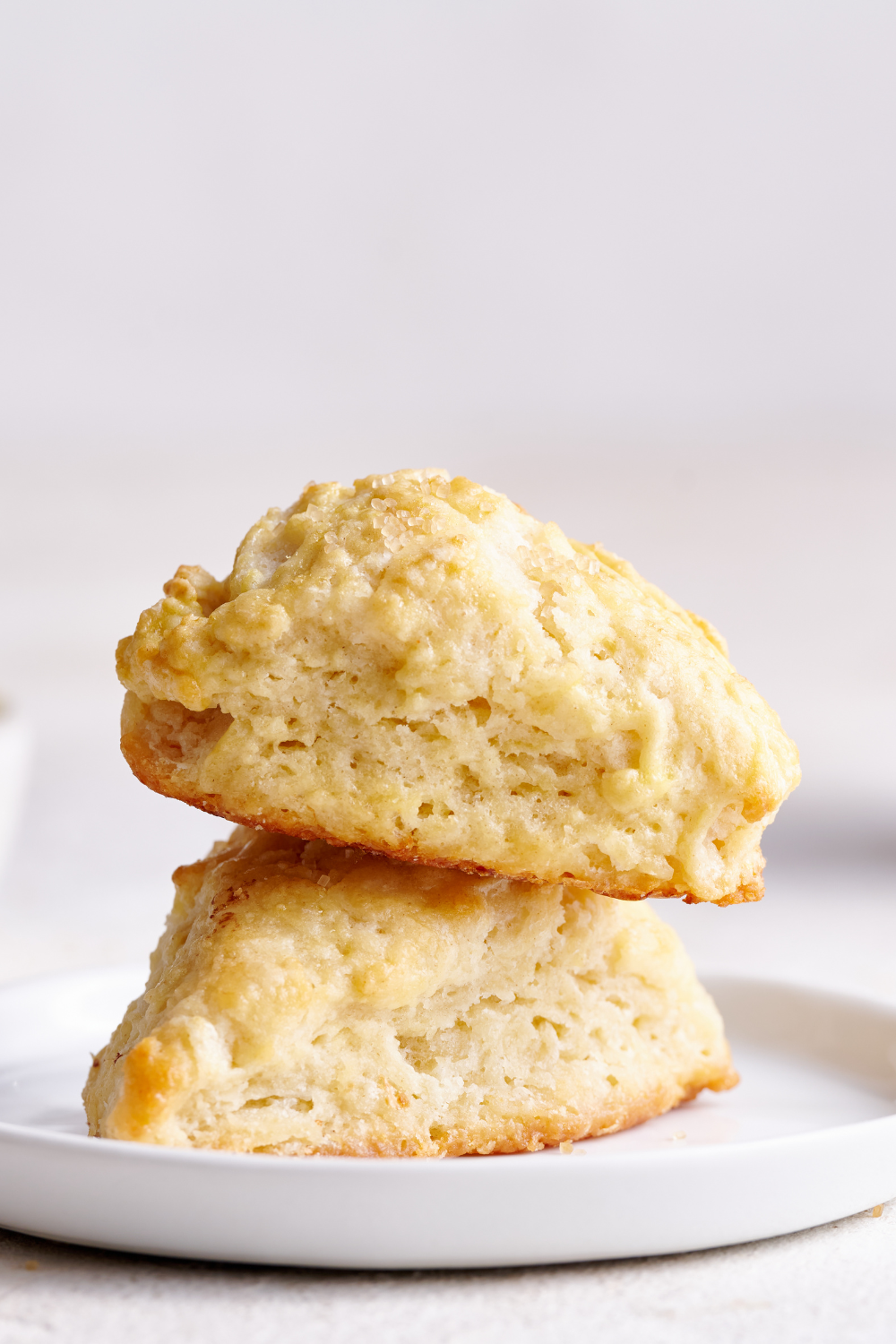
It wasn’t until I perfected my own recipe that I realized how delightful scones can be. They’re sturdier and heartier than biscuits because they contain eggs and more sugar.
What I love most about them (besides all. the. BUTTER.) is that they belong on pretty much any breakfast or brunch table.
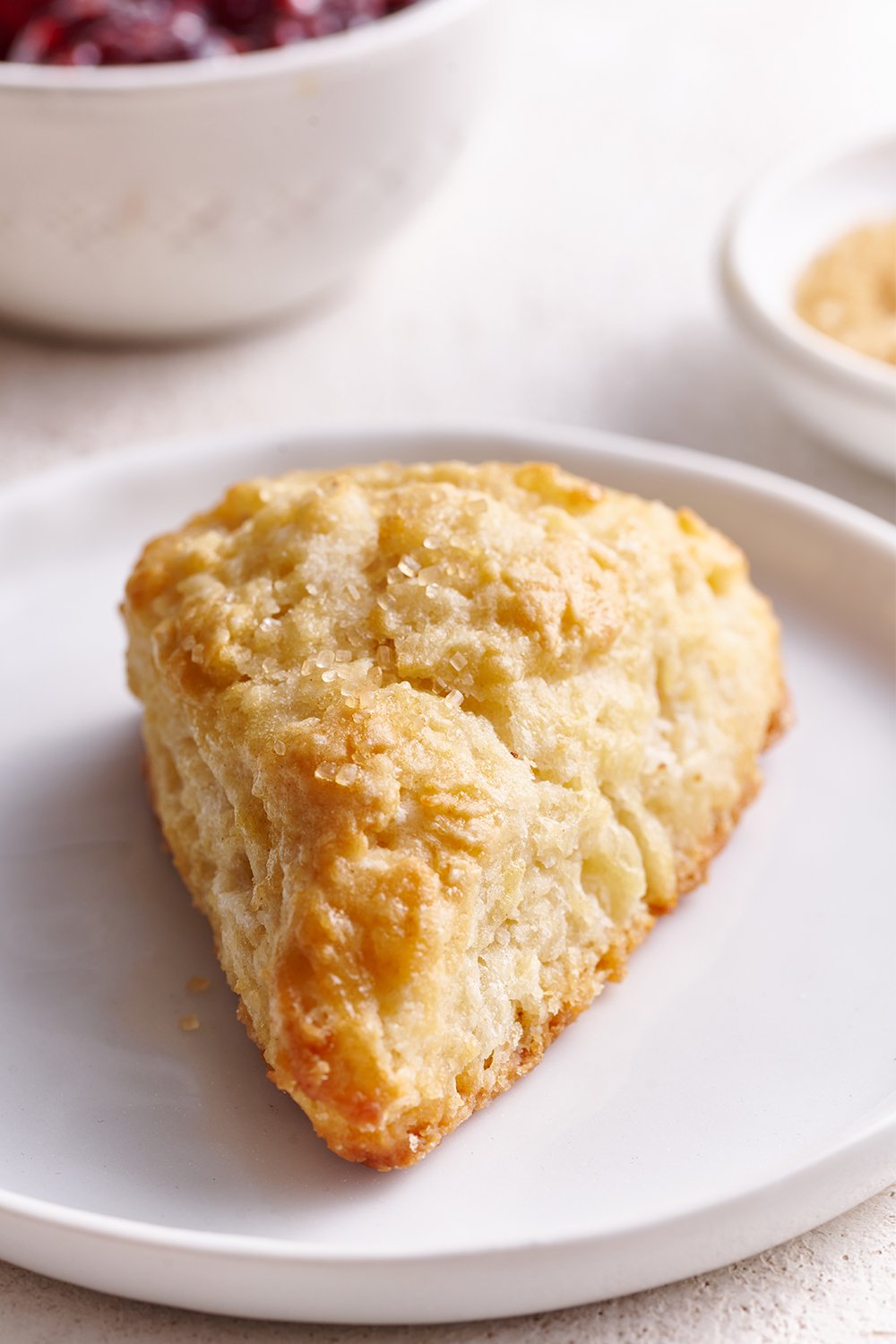
You can dress them up by adding nuts, citrus zest, or chocolate chips. Or simply serve them plain alongside some local jam or homemade flavored butter. Or clotted cream, though this is more of an American scone recipe than British.
Any way you serve these, they’re bound to be perfect if you follow my tips below!
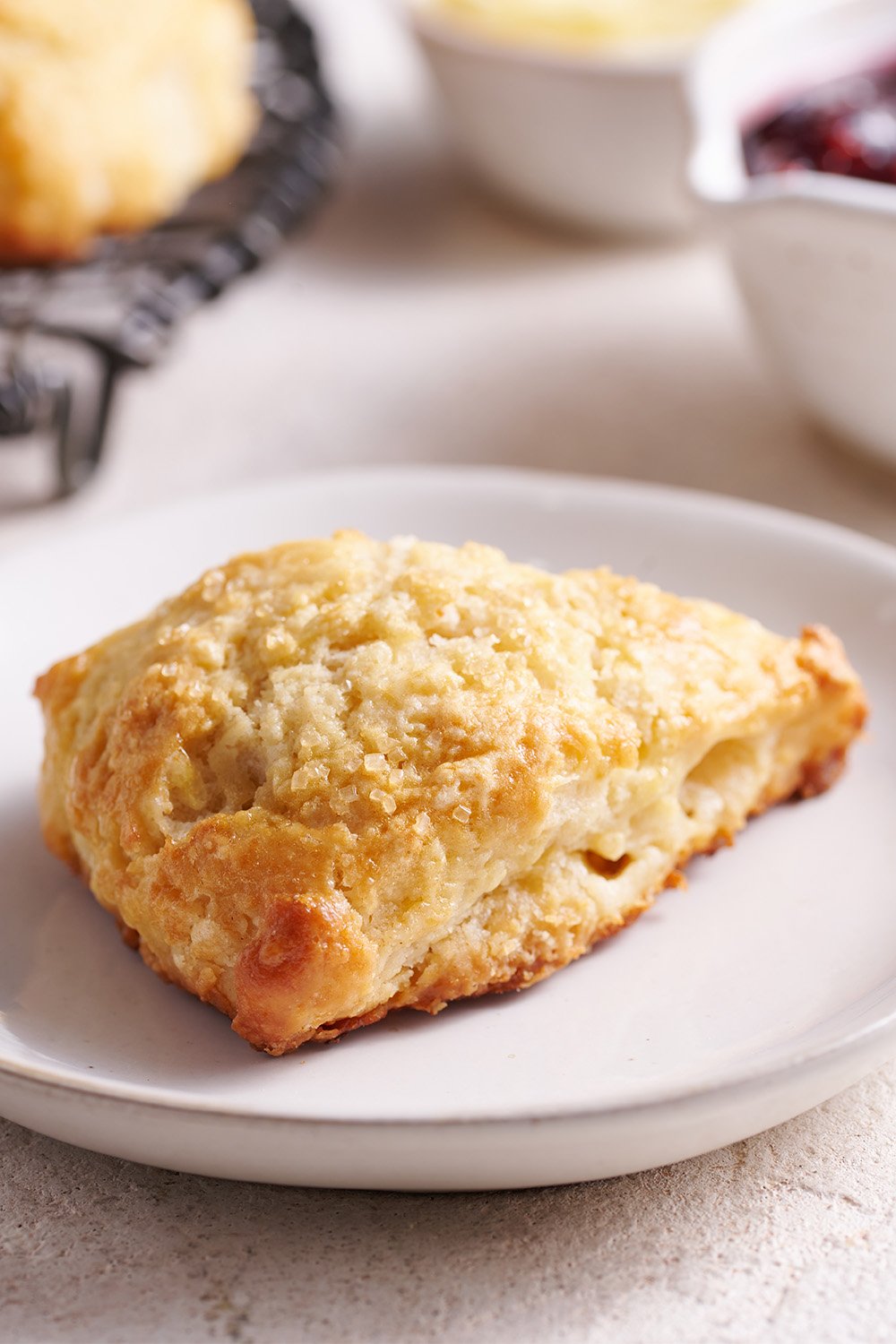

Sprinkle of Science
How to Make Scones
Get Flaky Scones with COLD Butter
- Butter must be COLD from the very start to when the dough enters the oven.
- The cold butter melts upon entering the oven and the water content in butter evaporates in steam.
- As the steam escapes, it bursts up and creates that beautiful tall, flaky, fluffy texture.
- I like to cube then freeze my butter before assembling the dough.
- I also always prefer to use unsalted butter for baking. You can find out why here: Salted vs. Unsalted Butter.
Why is Buttermilk Used in Scones?
This is absolutely the preferred liquid for scones. It will result in tender, taller scones because of how its acidity reacts with the baking powder and tenderizes the dough overall. It also adds a lovely tang to create more depth of flavor.
What if I Don’t Have Buttermilk? Can I Substitute and Still Make Scones?
I would NOT substitute buttermilk with a DIY alternative. If you aren’t able to use buttermilk, you can also use keffir or alternatively, heavy cream. You can learn more about the science of buttermilk here.
Tips for How to Make Scone Dough:
- Whatever you do, do not overmix the flour mixture or dough or allow it to get too warm. This will result in flatter, tougher, and less flaky scones.
- My absolute favorite tool for making biscuits or scone dough quickly and easily by hand (so I don’t have to lug out my food processor) is this OXO bladed pastry blender.
- Use a marble pastry board to help keep the dough cool. If at any point you notice the butter become greasy and melty, pop the dough into the freezer for 10 to 15 minutes before proceeding.
- You can also pop the baking sheet of shaped unbaked scones in the fridge or freezer while the oven preheats, to ensure the butter remains nice and cold.
How to Make Tall, Flaky Scones BONUS tip:
We’re stealing a trick from croissant baking that I use in my Best Ever Pie Crust recipe! A little bit of “lamination” gets the scones to shoot up sky-high with tons of flaky layers. Don’t worry, it sounds more complicated than it actually is. If this seems like way too much work, just skip this step. You’ll still have tasty scones! Check out my How to Make Tall Scones & Biscuits article for more tips.
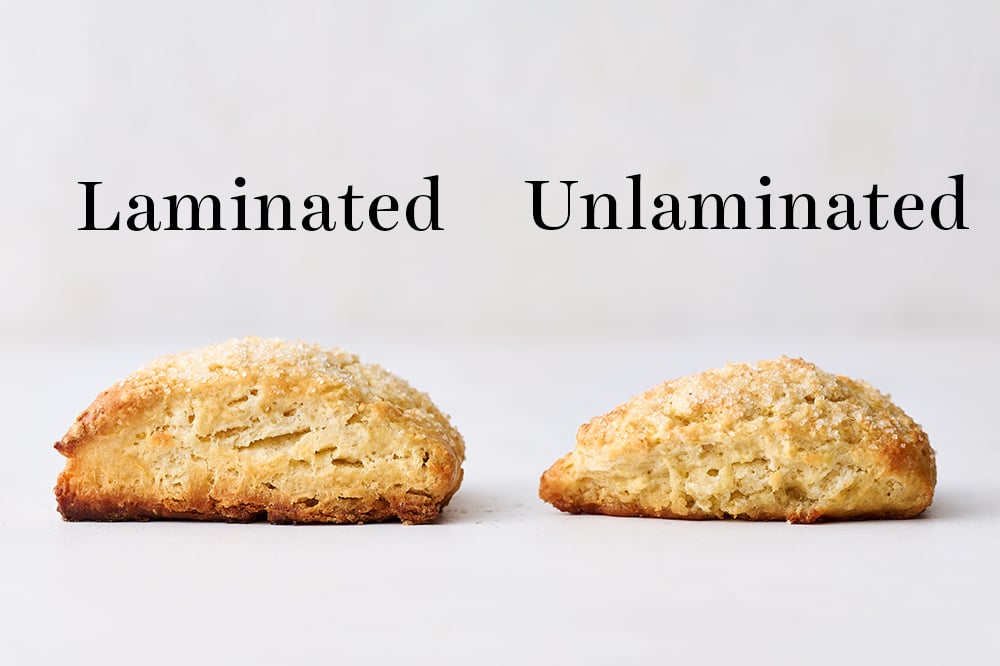
How to Laminate Your Scone Dough:
- If adding any mix-ins, fold into dough prior to step 2.
- Turn the craggly mass of dough out onto your work surface.
- Shape it into a rectangle.
- Fold the rectangle horizontally in thirds, like you’re folding a piece of paper to go into an envelope.
- Flatten it out into a rectangle again.
- Now fold it in thirds once more, but going the opposite direction. This will also help you to gently ‘knead’ the dough so it comes together into a more cohesive disk without overmixing it. Overmixing leads to rubbery and tough scones and biscuits.
Try to shape half your scone dough using this trick and half without to compare the difference. You’ll be surprised!
I actually demonstrated this during a live Zoom class recently Take a look at Benjamin’s laminated vs. un-laminated scone:

How to Make Scones Ahead of Time:
The shaped unbaked scones can be covered and refrigerated overnight. Bake from the fridge as the recipe directs.
How to Freeze Scones:
Place in an airtight container and freeze for up to 1 month. If baking from frozen, add about 2 minutes to the baking time.
Scone Flavor Variations:
Feel free to get creative with your scone flavorings! Listed below are some ideas with specific ingredient additions. But you can add in about 3/4 cup of dried fruit, chocolate chips, nuts, etc., to the dough. If using fruit, dried fruit or frozen berries such as raspberries work best!
- Cranberry Orange Scones
- Pumpkin Scones
- Blueberry Scones
- Chocolate Chip Scones – Tastes like scones and chocolate chip cookies had a baby!
- Lemon Poppy Seed: Add 3 tablespoons poppy seeds + 2 tablespoons grated lemon zest to the dough.
- Cinnamon Sugar: Mix 3 tablespoons granulated sugar with 1/2 teaspoon ground cinnamon and sprinkle on the egg-coated unbaked scones.
How to Make A Glaze for Scones:
Glaze Ingredients:
- 1 1/2 cups (188 grams) powdered sugar
- 2 tablespoons water, milk, or citrus juice
- 2 tablespoons unsalted butter, melted
- 2 teaspoons vanilla extract, or other extract
- Citrus zest, to taste, if desired
Directions:
Whisk all glaze ingredients together until thick but still pourable. Spread over cooled scones and let stand until set.
More Recipes You’ll Love:
- Shallot, Jalapeno, and Cheddar Scones
- Red Lobster Cheesy Garlic Biscuits
- Quiche Lorraine
- Ultimate Muffin Recipe (customizable!)
- Chocolate Chip Scones

Become a Baking Genius!
Sign up for our free email newsletter for NEW recipes & baking science secrets.

Classic Scones
Ingredients
- 3 cups (381 grams) all-purpose flour
- 1/3 cup (66 grams) granulated sugar
- 1 teaspoon fine sea salt
- 1 tablespoon baking powder
- 1/2 teaspoon baking soda
- 1 1/2 sticks (170 grams) unsalted butter, cold and cubed
- 1 cup (237 grams) buttermilk
- 2 large eggs, divided
- 1 teaspoon vanilla extract
- Coarse sugar
Instructions
- Adjust the oven rack to the center position and preheat to 400°F. Line two baking pans with parchment paper.
- In a large bowl, combine the flour, sugar, salt, baking powder and baking soda.
- Add the butter and cut with a pastry cutter or a fork until the butter is the size of large peas.
- In a separate bowl, whisk together the buttermilk, 1 egg, and vanilla extract.
- Make a well in the middle and add the liquid mixture. Mix until just combined. Don't over mix. If adding in dried fruit, nuts, chocolate, or other flavorings, do so now.
- Transfer the dough to a floured surface. *Optional Step: See Recipe Notes for lamination instructions.
- Divide into 2 equal parts. Lightly knead each into 3/4-inch thick, 6-inch diameter rounds. Cut each round into 8 wedges and place on your prepared baking pans. Space them out about 2 inches apart.
MAKE AHEAD
- At this point the unbaked scones can be refrigerated overnight, or sealed and frozen for up to 1 month. If baking from frozen, add about 2 minutes to the baking time.
- In a small bowl, combine the remaining egg with 1 teaspoon water. Brush over the scones. Sprinkle with the coarse sugar.
- Bake for 12 to 15 minutes or until lightly browned. The scones are best served warm, or within a few hours of baking.
Recipe Notes
This recipe was originally published in May 2017 and was updated in 2023 with new photos and even more baking tips. Photos by Joanie Simon.

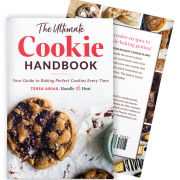
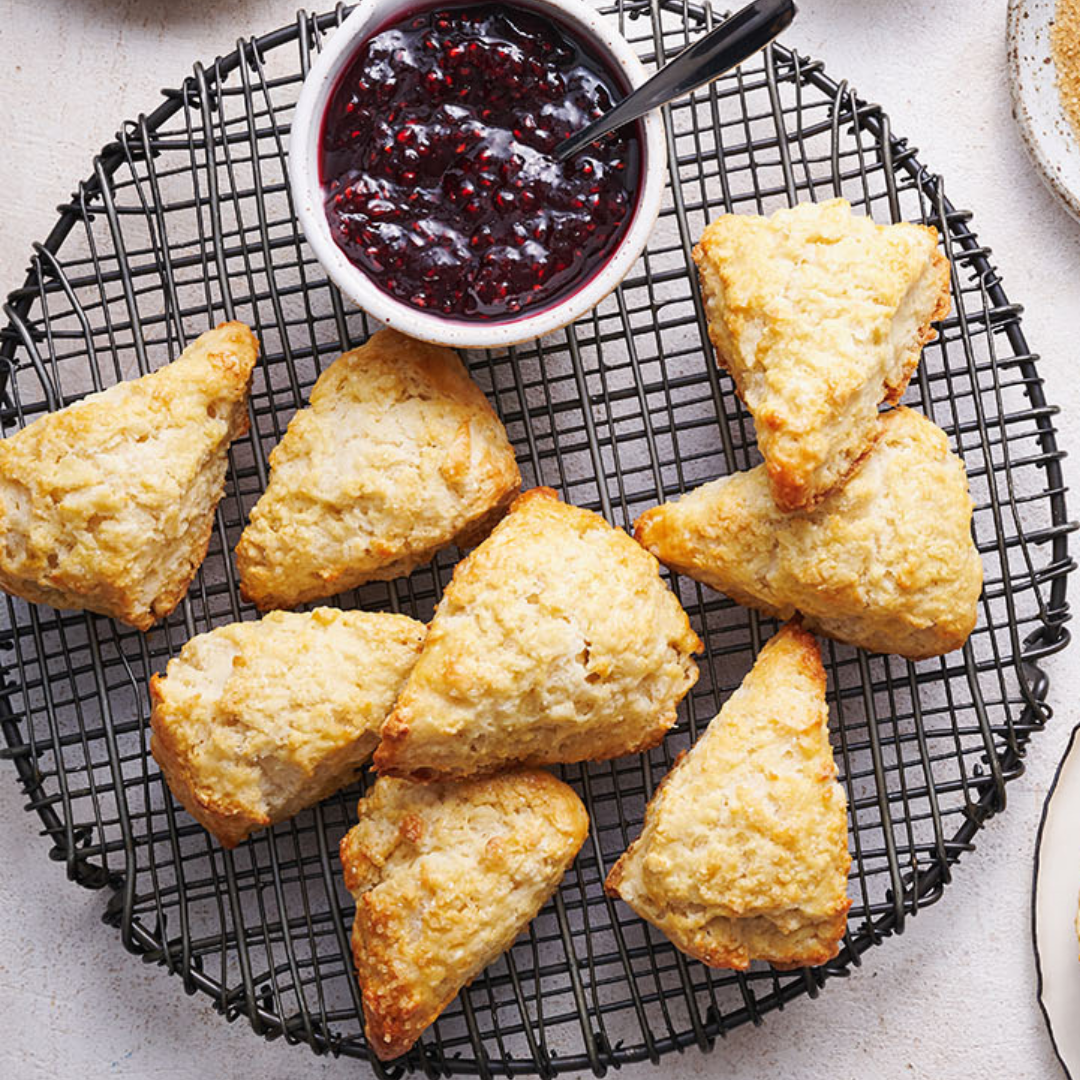








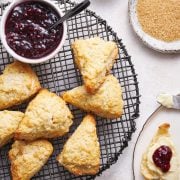
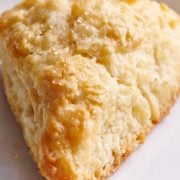

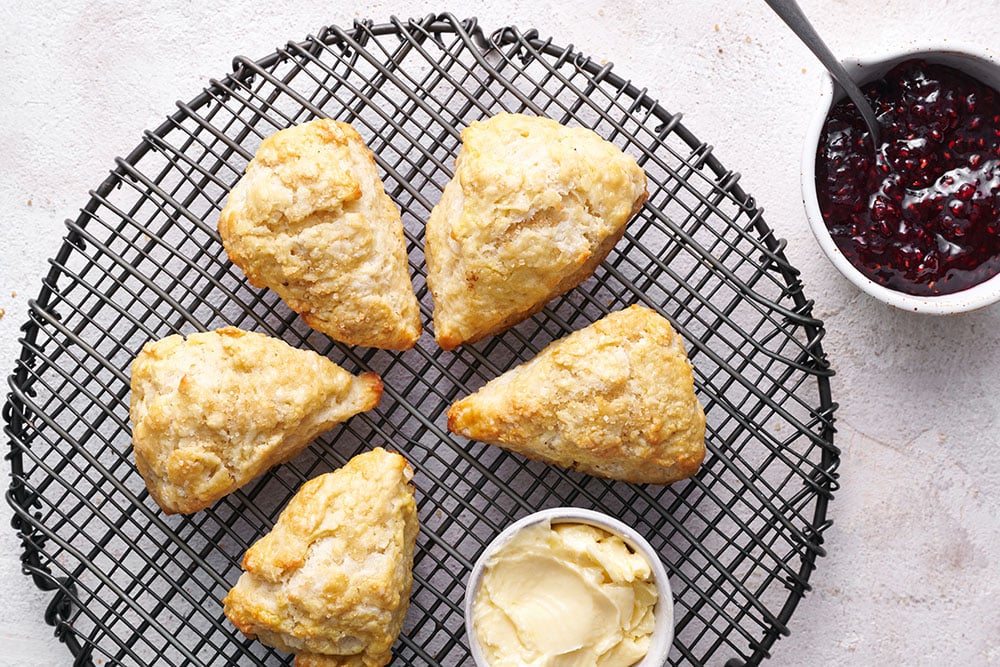

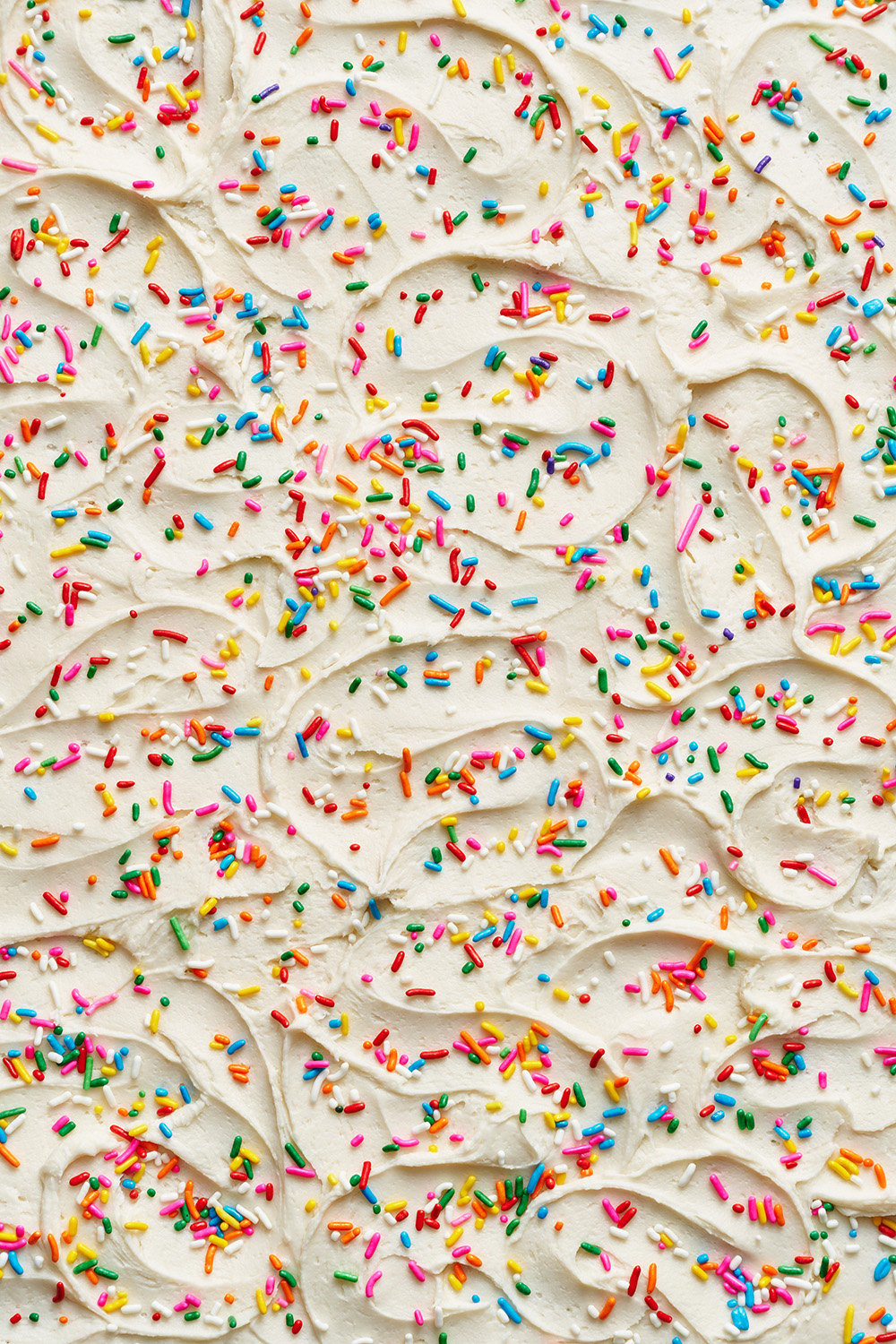


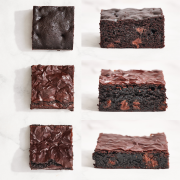
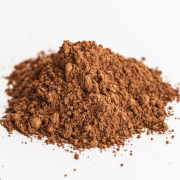
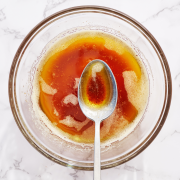
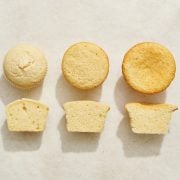

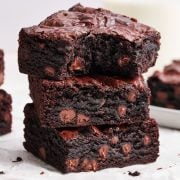
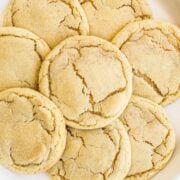









How do you store these? BTW, they are awesome! I made 2 batches, one with fresh cherries and another with blueberries. This is from someone who is not a very good cook!!
Your answer is in the last line of the recipe 🙂 Make ahead instructions are included in the post as well.
I too was wondering how to store the baked scones and I didn’t find that answer in the bottom line of the recipe. You stated how to store unbacked scones, but not baked ones.
I’m going to make these for my sister’s belated birthday party today! Planning on serving them with strawberries and whipped cream for a shortcake vibe. 🙂 Can’t wait!
Yay, Erica! Happy birthday to your sister!! Hope she enjoys them 🙂
These were GREAT! Cut into 4’s instead of 8’s (bigger scones). What a great recipe. You could add just about anything to these. Have tried Salmonberry jam and Nutella on them. Yum! DIL added cheese. You could actually make them savory too.
I found this recipe on Pinterest, after using a different recipe that was quite disappointing. The scones made with your recipe are wonderful! I made a”plain” version and one with white chocolate, semi-sweet chocolate and toffee bits. They came out fluffy, with lovely pockets of air, and were not dense at all. I especially like the “Tips” that you’ve given for this recipe, as I like to know the science behind baking. I will definitely add this recipe to my collection as well as pass it on to friends and family.
I’m so pleased to hear that, Jane! Thank you for taking the time to leave your comment 🙂
I have never left a comment on a blog before, but I had to for this recipe. These are amazing! I just made them for my daughter and husband who will be going camping this weekend. I gave one to my husband and tasted a small piece of his and it was so delicious! I didn’t add anything to it- it was a plain scone. I’m hoping they will be just as delicious for the next few days. Thank you!
I’m so pleased to hear that, Cynthia!! Thanks for sharing 🙂
OMG! They just came out of the oven (6:30 a.m.) and they are the BEST scones I have ever made….and I’ve tried a few different recipes. Have to keep reminding myself that I baked them for my co-workers so I can’t have a second one with my morning coffee. Once again, you’ve knocked it out of the park with your talent and tips. Thanks!
Oh, wonderful!! So thrilled to hear that.
It’s so simple I can hardly wait to make this. l’ll be sure to send you pictures..
I made these this morning for my family, and everyone loved them! Wonderful recipe; it’s been years since I’ve made scones, but these were better than any I remember. I used whole wheat pastry flour and added chocolate chips to half and cranberries to half, but I think next time I will leave them plain 🙂 Thank you Tessa!
Yay! I’m so glad to hear that! Thanks for letting us all know how you made the recipe your own 🙂
I made these scones today, combining the flour and butter with the liquid ingredients using a small knife and then patting out the dough and cutting it with a cutter, without kneading it any further. I thought the batter was a tad on the dry side as I am using to very wet and sticky scone batters, but they came out rather wonderful; light, fluffy and with a rich flavour. This is a great recipe for American scones. Well done Tessa and keep up the good work!! I really appreciate all the time you put into researching and perfecting recipes. Saves us heaps of time experimenting:)
I’m so pleased to hear that, Anna! Cheers xo
thank youth scones are great. we are a b/b in Avalon n.j. these will be a staple on our menu
I am an American, married to an Australian, lived on 4 continents, including Australia. We have a dear Welsh friend who made 500 scones a day for many years at a seaside cafe for breakfast and morning tea. I have her recipe for scones, taught how to do them, by her side, and it is so different to yours and the scones that are sold in the US. From shape and texture both. As well as the ones my mother in law made in Australia. I am going to try them them, side by side, and compare notes, so to speak. I have had this recipe 25+years, so have never tried any other one, except a pumpkin scone recipe from Australia. But, for every recipe there are many ways to make them, and no one way is right or wrong . Looking forward to the experiment.
Looking forward to hearing your thoughts, Sherry! American scones are quite different than British style 🙂
Can’t wait to try your recipe and tips so I can add one more ultimate perfection goodie to my baking files.
Yay! Love that.